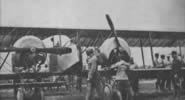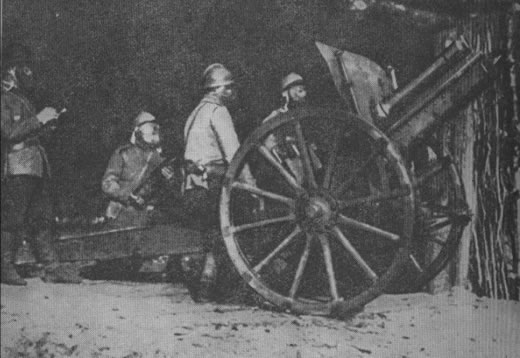



The battle for Bucharest
 |
 |
 |
 |
|---|---|---|---|
The battle for Bucharest |
|||
|
At this moment, the Romanian Supreme HQ was faced with a very difficult situation. Three large enemy offensives were converging on the nation's capital. Overall, the Romanian troops were seriously outnumbered and still suffered from a lack of heavy artillery and machine guns. The heavy casualties taken forced the Supreme HQ to merge the 2nd and 5th divisions into the 2/5th Division as well as the 1st and 17th into the 1/17. Nevertheless, Romanian commanders remained keen to take the initiative and throw the enemy over the borders. As it was clear that the overall numerical superiority of the Central Powers would eventually prevail should the Romanians stick to defensive, on the 12th of November, it was decided to risk everything in a big, decisive battle. The 1st Army plus the newly-formed "Defense of the Danube" group and the 2/5 and 1/17 divisions were used to create an army group under the command of general Constantin Prezan. He was determined to go on to the offensive and "... defeat the enemy wherever we shall meet him." The request for Russian reinforcements was denied by the Russian chief of staff, general Alekseev. This was to have grave consequences for the result of the upcoming battle. |
 |
Artillerymen ready to suport the actions of the infantry
|
|